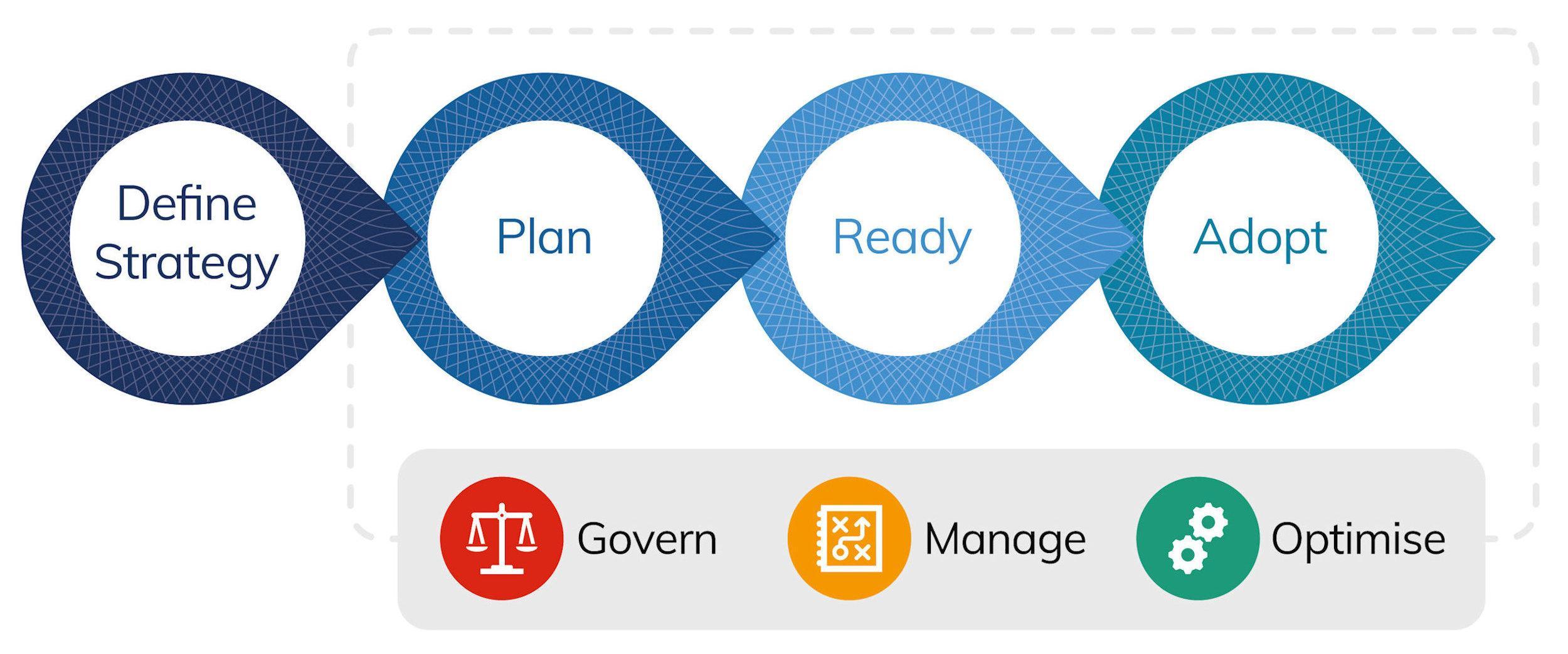The biggest story this year so far has undoubtedly been the impact of COVID-19 on businesses. Companies have had to suddenly enable mobile workforces, which has brought with it a multitude of challenges and questions that have needed addressing in an extremely short period of time such as:
- How do I protect my employees?
- What employees need to remain on-site?
- How do I securely allow employees to access applications and data remotely?
Secure remote work solutions have been around for years, but cloud technology has pushed the boundaries on the ease of scalability, agility and security. Cloud technology brings us a world of web-based applications, collaboration tools, virtual desktops, end-point protection and management solutions plus secure ways of connecting employees to applications and data.
The cloud is tangible, physical and real
Considering these events there has been a massive drive for businesses to implement cloud solutions. Successful adoption of cloud can drive fiscal performance, improve agility to respond to, and drive market change and accelerate business outcomes amongst other benefits. However, technology, cloud, isn’t a magic switch that solves all these problems. It is an enabler. An enabler to digitally transform, and Digital Transformation is all about embracing the necessity to change. However, this change can be difficult. Change impacts your people, your culture and your processes. Successful adoption of cloud requires following a Cloud Adoption Framework such as C5 Alliance’s that addresses much more than just technology and is built upon Microsoft’s own framework to deliver proven success, bringing together people, processes and technology.
Define your strategy
The most critical part of the framework to follow is the definition of your strategy. This involves understanding the motivations for addressing cloud, what are the expected outcomes from moving to the cloud and how are these driving your business goals.
 Are you looking at fiscal outcomes, driving down cost or to become more agile to adapt to ever changing markets, performance or client engagement outcomes? Different business units may have different expectations and requirements from cloud adoption. With a clearly defined strategy everything else should then lead towards driving true business outcomes and solving business challenges.
Are you looking at fiscal outcomes, driving down cost or to become more agile to adapt to ever changing markets, performance or client engagement outcomes? Different business units may have different expectations and requirements from cloud adoption. With a clearly defined strategy everything else should then lead towards driving true business outcomes and solving business challenges.
Your plan
Once you understand why you are moving to the cloud you can begin to plan your journey to get there. The plan serves to convert your aspirational goals of a cloud adoption strategy into an actionable plan. It is also at this stage where you determine what and how you will move to the cloud. You must understand your digital estate and address applications to drive the strategic outcomes you have defined.
Not everything needs to or should be moved to the cloud. It is not always enough to simply ‘lift-and-shift’ your applications. You should consider whether the application needs to be refactored or delivered in a Platform-as-a-Service model to reduce operational costs. Alternatively, you must determine if the application can be substituted with a Software-as-Service solution which in many cases can offer the highest returns. Further considerations need to be made on the cost, effort and complexity of doing this to determine viability.
Not everything needs to or should be moved to the cloud
Once everything is decided, you need to prioritise the migrations, build a roadmap focusing on moving business systems that carry the least risk. On your journey to the cloud you may encounter some bumps on the way and as you migrate the process is continually tweaked. By the time it comes to moving your business-critical systems the foundations are in place for a seamless migration.
This is the phase where you need to start to think about the important aspect of cloud adoption – your people. You need to consider who needs to be aligned to the adoption plan to make this a reality. It is essential to determine what skills are required to execute the plan. One of the biggest blockers for businesses moving to the cloud is a lack of cloud skills. Map out the specific people to the necessary capabilities, identify gaps and establish a recruitment or training plan. This will enable you to produce a Cloud Adoption Plan suited to meet the needs of your organisation.
Ready?
Before anything moves to the cloud it is important to build a cloud ready environment – in Microsoft terms, an ‘Azure Landing Zone’. As with any on-premises solution, infrastructure should be built with the required security and governance in place.
Cost management and not having the right governance tends to be one of the biggest failing points of cloud adoption. Scaling costs has forced many businesses to move back away from the cloud and much of this could have been avoided with the right governance. It is also essential to ensure the right process and sign-off procedures are in place.
Building a cloud-ready environment provides agility and speed in building new services whilst mitigating risk.
Author: James Solomon, Partner Alliance Manager, C5 Alliance














